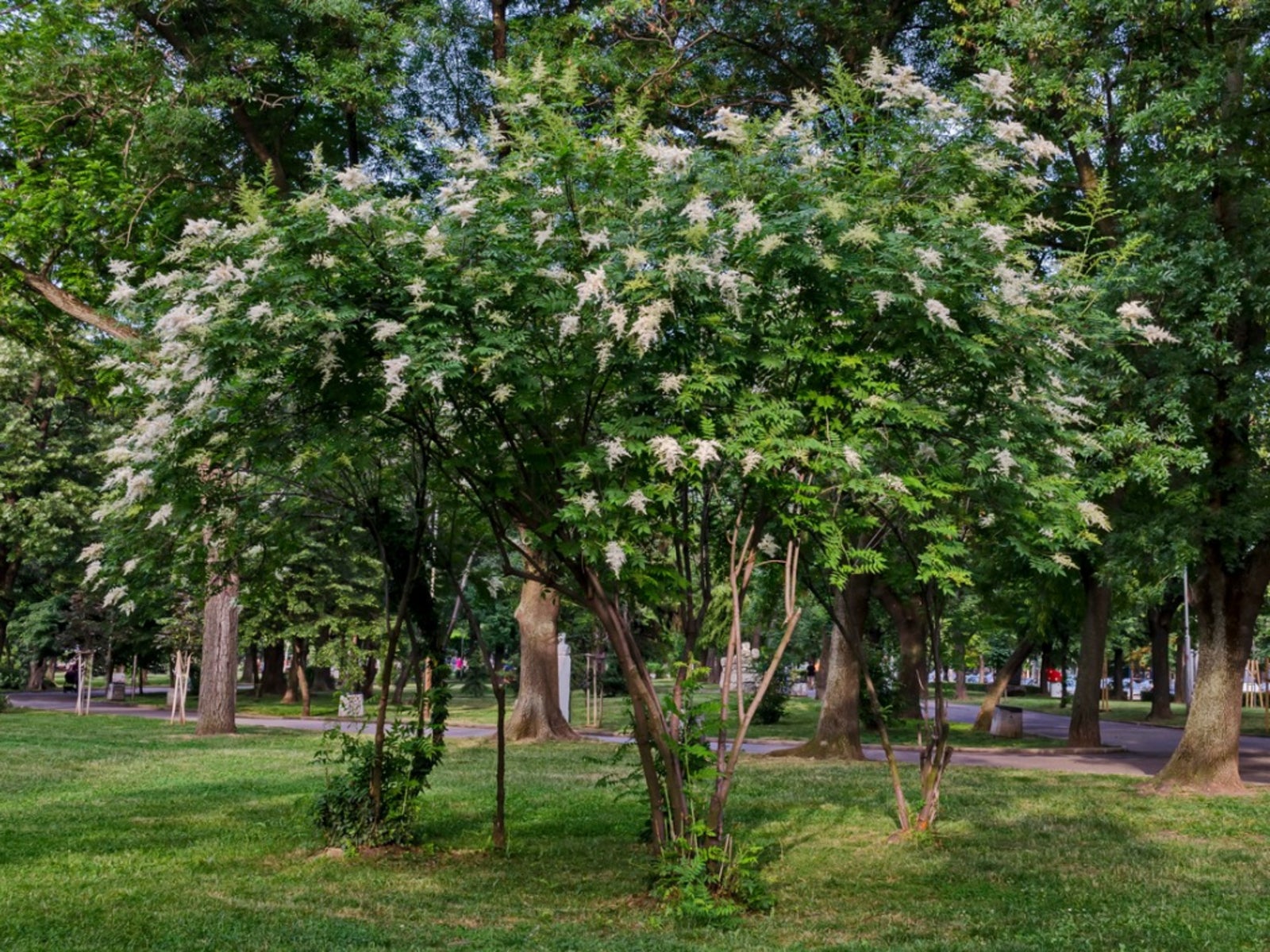Japanese Tree Lilac Problems – Treating Problems In Ivory Silk Lilac Trees


Ivory silk tree lilacs do not resemble any other lilacs you might have in your garden. Also called Japanese tree lilac, the ‘Ivory Silk’ cultivar is a large, rounded shrub with very large clusters of off-white flowers. Ivory Silk Japanese lilac is not trouble free, however. Although the problems with Japanese tree lilacs are few and far between, you’ll want to know about treating problems in Ivory Silk lilac should they arise.
Ivory Silk Japanese Lilac
The Ivory Silk cultivar is loved by many gardeners for its impressive size and glorious flower clusters. The plant can grow to 30 feet (9 m.) tall and 15 feet (5 m.) wide. The cream-colored blossoms arrive in summer. They are very showy and last two weeks on the tree. Though most lilac blossoms have a heady fragrance, the Ivory Silk flowers are much subtler.
Ivory Silk Japanese lilac thrives in cooler areas, specifically in USDA plant hardiness zones 3 through 6 or 7. It grows in the form of a pyramid in its early years but later expands to a rounded form.
Ivory Silk tree care includes picking an appropriate planting site. The more effort you put into planting this cultivar and Ivory Silk tree care, the fewer Japanese tree lilac problems you will experience.
Plant Ivory Silk Japanese lilac in a full sun location. The tree accepts any well-drained soil, including sand or clay, and will grow in soil with a pH of acidic to slightly alkaline. Urban pollution does not create any extra problems.
Problems with Japanese Tree Lilacs
Many problems with Japanese tree lilacs only arise if planted in a less-than-ideal location. If you plant in a shady location, for instance, they can develop powdery mildew. You can identify powdery mildew by the white powdery substance on leaves and stems. This problem usually occurs in rainy seasons and rarely does serious damage to the tree.
Early and appropriate fertilizing can help prevent other diseases like verticillium wilt. These Japanese tree lilac problems cause wilting and premature leaf drop.
Sign up for the Gardening Know How newsletter today and receive a free copy of our e-book "How to Grow Delicious Tomatoes".
On the other hand, too much nitrogen fertilizer can bring on bacterial blight. Keep your eye out for young shoots that develop black stripes or leaves that develop black spots. Flowers may also wilt and die. If your plant has bacterial blight, treating problems in Ivory Silk lilac involves pulling out and destroying infected plants. You’ll also want to reduce fertilizer and thin your plants.
As with other lilacs, a few pests can cause problems in Japanese tree lilacs. Lilac borer is one of them. The larvae tunnel into the branches. Very badly infested branches may break off. Cut out infected stems and destroy them. If you provide adequate irrigation and fertilizer, you’ll keep the borers at bay.
Another pest to look out for is lilac leaf miners. These bugs dig tunnels in the leaves in early summer. When the caterpillars emerge, they eat all the foliage. If you catch these pests early, just pick off the miners by hand.

Teo Spengler is a master gardener and a docent at the San Francisco Botanical Garden, where she hosts public tours. She has studied horticulture and written about nature, trees, plants, and gardening for more than two decades, following a career as an attorney and legal writer. Her extended family includes some 30 houseplants and hundreds of outdoor plants, including 250 trees, which are her main passion. Spengler currently splits her life between San Francisco and the French Basque Country, though she was raised in Alaska, giving her experience of gardening in a range of climates.